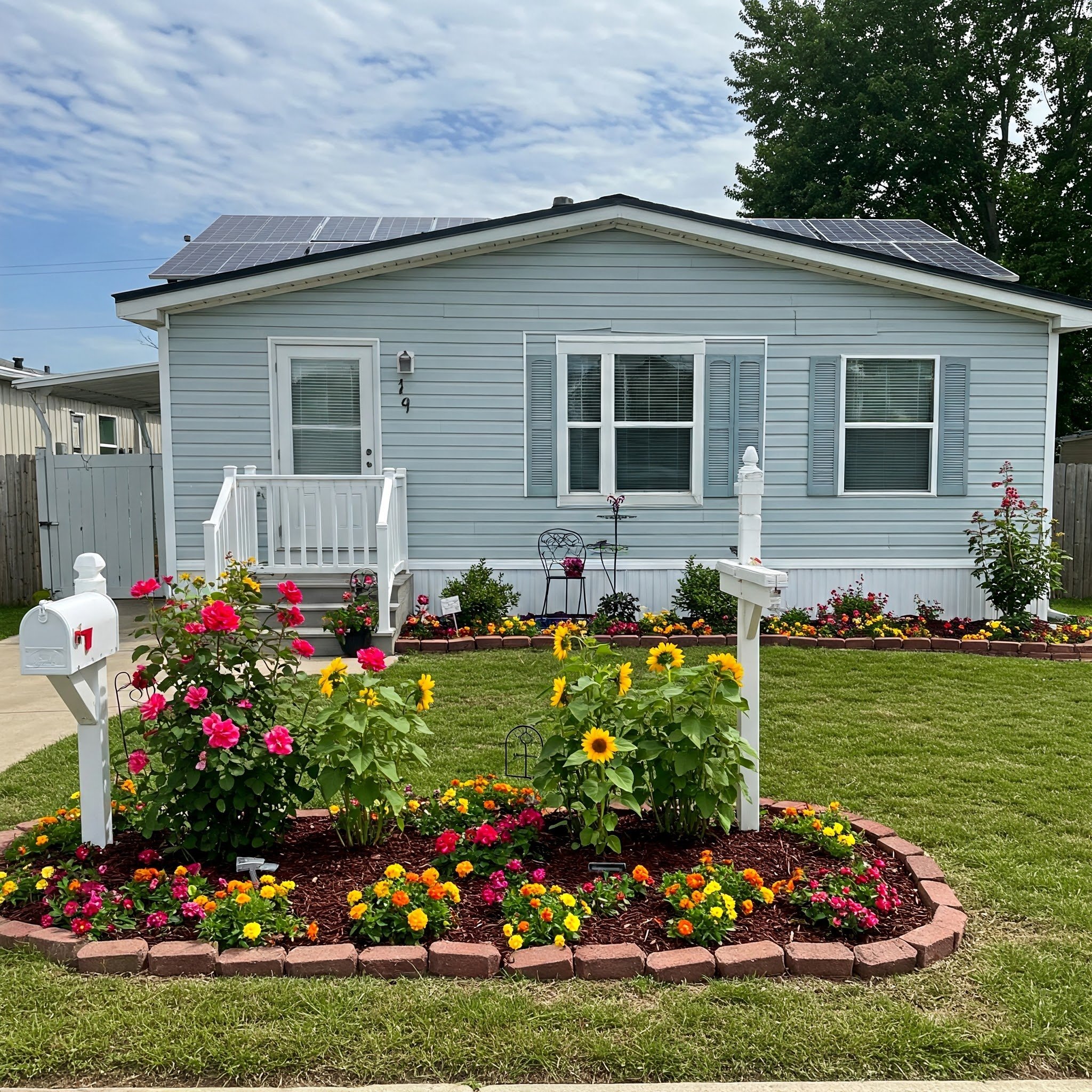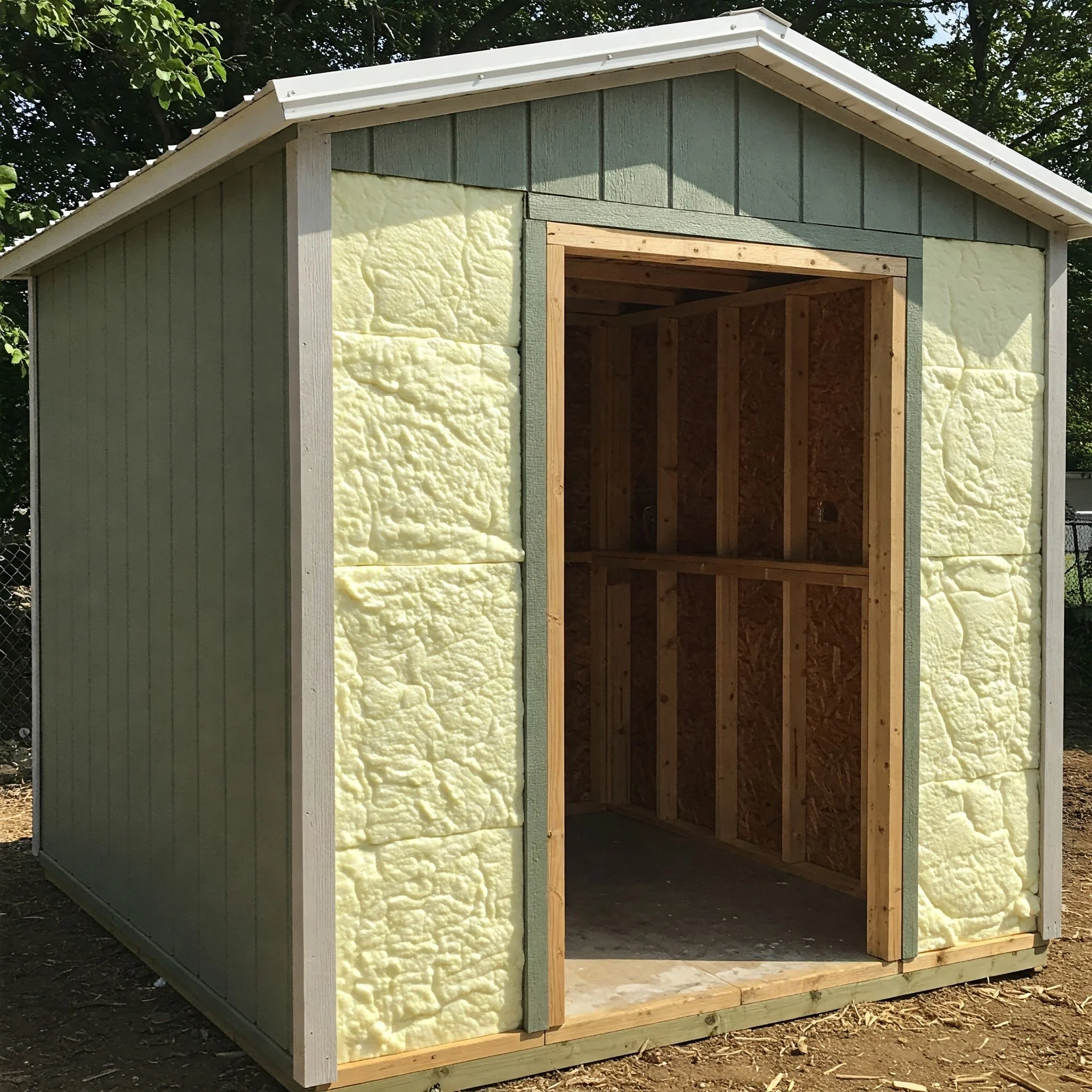How Does a Smokeless Fire Pit Work? Explained
Curious about how smokeless fire pits work? Learn the science and technology behind them in this detailed guide, and discover why they’re a must-have for your backyard gatherings!
There’s something undeniably magical about gathering around a fire pit—whether you’re toasting marshmallows, sharing stories, or just soaking in the warmth. But let’s face it, the downside to any traditional fire pit is the smoke. It’s the kind of thing that seems to follow you no matter where you sit, burning your eyes and leaving your clothes smelling like a campfire. Enter the smokeless fire pit—a game-changer for anyone who loves the ambiance of a fire but could do without the hassle of constant smoke. But, how exactly does it work? Is it really smokeless? In this article, we’ll break down how a smokeless fire pit works so you can understand the technology behind it and decide if it’s the perfect addition to your outdoor setup.
What Is a Smokeless Fire Pit?
First things first—what exactly is a smokeless fire pit? Let’s clear up a common misconception: "smokeless" doesn't mean there’s absolutely zero smoke. Instead, it means the fire pit produces significantly less smoke than your standard fire pit, making it much more enjoyable to sit around.
A smokeless fire pit is specially designed to improve airflow and promote complete combustion. That means it burns fuel (like wood or pellets) more efficiently, reducing the amount of smoke that would otherwise rise and annoy everyone around the fire. So, how does it achieve this magical feat? It’s all about science, baby!
How Does a Smokeless Fire Pit Work? Explained
The secret behind how a smokeless fire pit works lies in its clever engineering. Smokeless fire pits use a double-wall design and airflow technology to maximize combustion and minimize smoke. Let’s break it down step by step.
1. Double-Wall Design
Most smokeless fire pits feature a double-wall construction. Think of this as having two layers—a gap exists between the inner and outer walls. This gap plays a crucial role in controlling the flow of air.
How It Works: Air is drawn into the bottom of the outer wall and then heated as it rises between the walls. Once this air reaches the top of the fire pit, it’s released through small holes around the rim. This preheated air mixes with the smoke and unburned particles, causing them to reignite and burn off completely.
The Result: More heat, less smoke! This process is called secondary combustion, and it’s the key to making the fire pit "smokeless."
Smokeless fire pits are designed to offer the warmth and ambiance of a traditional fire without the bothersome smoke. The magic happens through a process called secondary combustion. Here’s how it works: air is drawn in through the bottom of the fire pit’s outer wall and heated as it rises between the inner and outer walls. Once this preheated air reaches the top, it’s released through small holes around the rim, where it mixes with smoke and unburned particles. These particles reignite, burning off completely, resulting in more heat and far less smoke, creating a cleaner, more enjoyable fire experience.
2. Improved Airflow
Airflow is the name of the game when it comes to a smokeless fire pit. These fire pits are designed with strategically placed vents to ensure a continuous flow of oxygen.
How It Works: Fresh air is pulled in from the bottom and directed upward toward the fire. This constant supply of oxygen helps the fire burn hotter and cleaner, which not only reduces smoke but also ensures that the wood is burned more efficiently.
The Benefit: With improved airflow, you get a hotter fire with less fuel. Plus, you spend less time dodging plumes of smoke as the fire burns more evenly.
Smokeless fire pits work by improving airflow, allowing for a hotter and cleaner burn. Fresh air is pulled in from the bottom of the fire pit and directed upward toward the fire, providing a constant supply of oxygen. This increased airflow helps the fire burn more efficiently, reducing smoke and making the wood burn more completely. The result? You enjoy a hotter fire while using less fuel, and you won’t have to keep dodging clouds of smoke. This efficient combustion process not only enhances your fire pit experience but also makes managing your fire easier and more enjoyable.
3. Secondary Combustion (The Smoke Slayer)
Now, let’s talk more about the star of the show: secondary combustion. This is the process that really sets smokeless fire pits apart from traditional ones.
How It Works: As the wood or pellets burn, they release gases and particles that would typically turn into smoke. However, the preheated air coming from the fire pit’s upper vents mixes with these gases, igniting them again in a secondary burn. This process dramatically reduces the amount of visible smoke.
The Magic: What you’re left with is a more efficient fire that generates minimal smoke—hence the term "smokeless." You’ll still see the occasional wisp of smoke, but it’s nothing like the thick, eye-watering clouds you get from a standard fire pit.
Smokeless fire pits use a clever design to drastically reduce smoke while maintaining a warm, efficient fire. As the wood or pellets burn, they release gases and particles that would typically cause smoke. However, preheated air from the fire pit’s upper vents mixes with these gases, igniting them again in a secondary burn. This secondary combustion greatly reduces visible smoke, leaving you with a cleaner, more efficient fire. While you might still see the occasional wisp of smoke, it’s nothing like the thick, eye-watering clouds from traditional fire pits, making your outdoor experience much more enjoyable and hassle-free.
Advantages of a Smokeless Fire Pit
So now that you know how a smokeless fire pit works, let’s look at why they’re worth considering for your outdoor space. Here are some top perks that come with making the switch to a smokeless model:
1. Less Smoke, More Enjoyment
Obviously, the biggest advantage is in the name itself—less smoke. There’s no more need to play musical chairs around the fire, trying to avoid the wind blowing smoke your way. With minimal smoke, everyone can relax and enjoy the fire without irritation.
2. More Efficient Burning
Because of the improved airflow and secondary combustion, a smokeless fire pit burns wood or pellets more efficiently. This means you’ll need less fuel to keep the fire going, saving you money and hassle in the long run.
3. Better for the Environment
Smokeless fire pits are more eco-friendly than traditional models because they produce fewer pollutants. With less smoke and complete combustion, you’re releasing fewer particulates into the air, which is great for the environment and your health.
4. Easy Cleanup
Smokeless fire pits also tend to produce less ash, meaning cleanup is a breeze. Since the fuel burns more completely, there’s less leftover debris to deal with after your fire dies out.
Are Smokeless Fire Pits Really Smokeless?
As mentioned earlier, no fire pit is completely smokeless. Even the best-designed smokeless fire pits will produce some smoke, especially when starting the fire or when adding new logs. However, compared to a regular fire pit, the difference is night and day.
Smokeless fire pits do a fantastic job at minimizing smoke once the fire is burning hot and efficiently. The key is to use the right type of fuel—dry, seasoned wood or pellets work best to reduce smoke further. Green or wet wood will still produce more smoke, even in a smokeless fire pit.
Choosing the Right Smokeless Fire Pit
With so many options out there, how do you choose the best smokeless fire pit for your needs? Here are a few factors to keep in mind:
1. Size and Portability
Are you looking for something portable to take camping, or do you need a permanent fire pit for your backyard? Smokeless fire pits come in a variety of sizes. Smaller, portable models are great for travel, while larger ones are perfect for family gatherings in your backyard.
2. Material
Most smokeless fire pits are made from stainless steel, which is durable and rust-resistant. Some models also have a more aesthetic appeal with decorative designs or coatings, so consider how important style is to you when choosing one.
3. Fuel Type
Some smokeless fire pits are designed to burn wood logs, while others use wood pellets. Wood logs are more traditional, but wood pellets are often more efficient and create even less smoke. Choose a model that fits your fuel preference.
Conclusion
So there you have it—how a smokeless fire pit works explained in detail! With their clever design that promotes efficient burning and reduces smoke, these fire pits are a fantastic addition to any outdoor space. Whether you’re hosting a backyard gathering or enjoying a quiet evening under the stars, a smokeless fire pit can make your fire experience that much more enjoyable. With the right materials and setup, you can say goodbye to smoke-chasing and hello to longer-lasting, cleaner fires. Ready to make the switch? Your next smokeless fire pit adventure awaits!
Frequently Asked Questions
1. Do smokeless fire pits require special maintenance?
Not really! Just like any fire pit, you’ll need to clean out the ash occasionally and make sure the vents are clear of debris. But because they burn fuel more efficiently, you’ll have less ash to clean up overall.
2. Can I cook over a smokeless fire pit?
Absolutely! Smokeless fire pits are great for cooking. The reduced smoke means your food won’t taste like it’s been over-smoked, and the even, hot burn is perfect for grilling or roasting marshmallows.
3. What kind of wood should I use in a smokeless fire pit?
The best wood for a smokeless fire pit is dry, seasoned hardwood like oak, maple, or hickory. Avoid using wet or green wood, as it will still produce smoke and won’t burn as efficiently.
4. Do smokeless fire pits get as hot as regular fire pits?
Yes! In fact, because of the enhanced airflow and combustion, smokeless fire pits often burn hotter than traditional fire pits, giving you more heat output with less fuel.
5. Can I use a smokeless fire pit indoors?
No, smokeless fire pits are still open-flame devices and should only be used outdoors in well-ventilated areas. They are not suitable for indoor use due to the risk of carbon monoxide buildup.
Stay up to date with our latest ideas!































